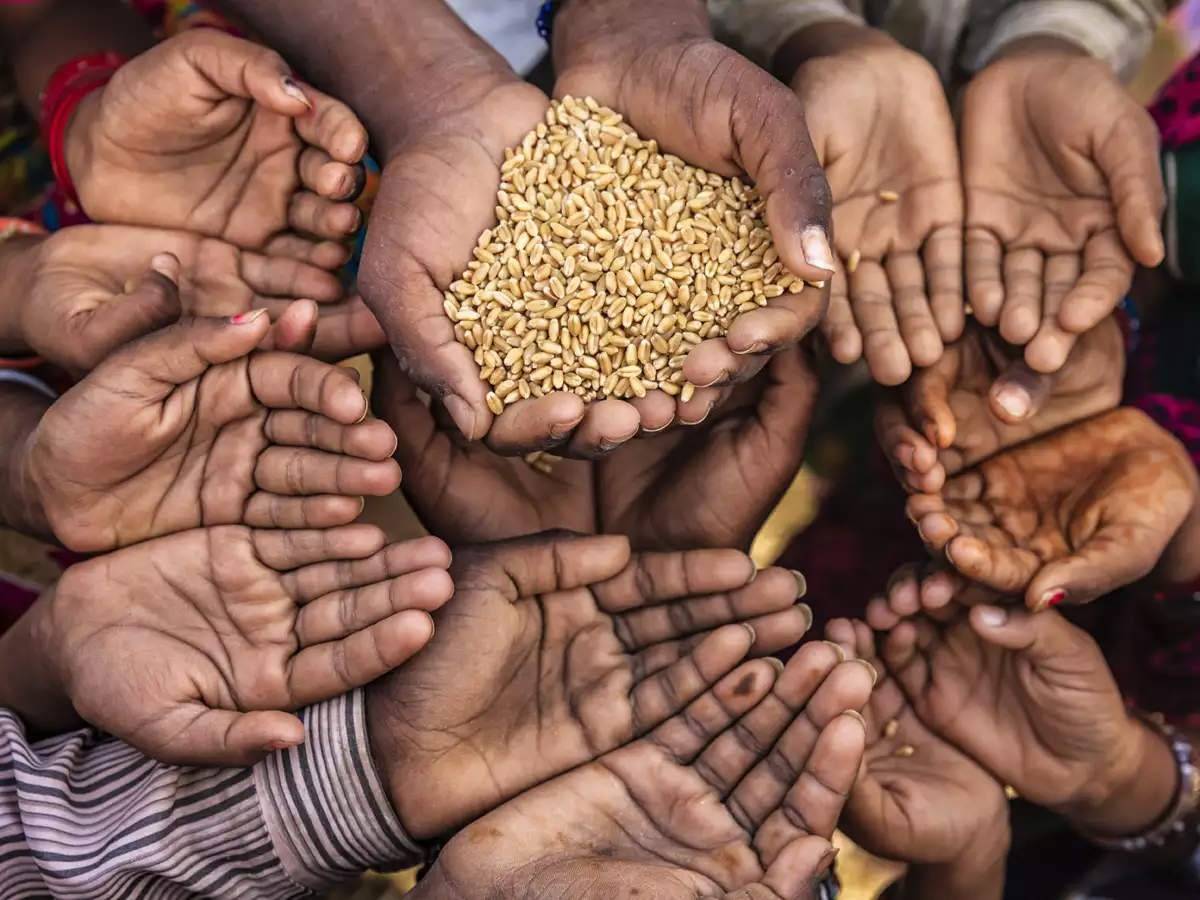Government May Extend Free Grains Scheme Till June 2024

Government May Extend Free Grains Scheme Till June 2024
The free grain programme, which will help 800 million people at the bottom of the pyramid covered by the programme, is expected to be extended by another six months till June next year by the Centre ahead of the general elections in April-May.
The government could easily afford the prolongation, which will cost about Rs 12,500 crore for six months. The Centre won’t charge recipients the basic Rs 3/kg for rice and Rs 2/kg for wheat as long as the programme is in place.

The National Food Security Act (NFSA) mandates that the government furnish each citizen with 5 kg of wheat or rice each month. The Antyodaya Anna Yojana (AAY) also provides 35 kg of food grains each month to the households it serves.
An official stated, “It makes sense to extend the scheme, which benefits the poor, for another six months,” and added that a choice will likely be made in this respect around December.
The Pradhan Mantri Garib Kalyan Anna Yojana (PMGKAY), which provided an additional 5 kg of rice or wheat to each of the 800 million recipients, was not extended (beyond 2022) by the government in December 2017. Since its debut in April 2020, during the first Covid-19 wave, the PMGKAY has cost the exchequer around Rs 3.91 trillion.
The government decided to stop providing supplementary allocations under the PMGKAY, but chose to exclude NFSA recipients from paying the Rs 3/kg for rice and Rs 2/kg for wheat fees in 2023.
Given that the PMGKAY, which provides larger rations of grains to the same populations, costs an astounding Rs 1.6–1.7 trillion annually, the decision was financially wise.

While distribution expenses in the states are included, the yearly cost of waiving modest fees for NFSA recipients to the exchequer is estimated to be over Rs 25,000 crore.
As a result, it is predicted that the food subsidy will decrease by 30% to Rs 1.97 trillion in FY24 from Rs 2.81 trillion in FY23.
If the plan is extended till June 2024, the Centre’s finances are in a good position to absorb the additional Rs 12,500 crore, divided equally between FY24 and FY25.
In order to lower prices, the government also plans to sell about 5 million tonnes of wheat on the open market. The proceeds from the sale of wheat will provide the Centre more resources in the current fiscal year because it was not included in the budget.
In an unexpected but welcome move, the government is considering extending the Free Grains Scheme until June 2024. Originally designed to aid impoverished families during crises, the scheme has shown significant benefits since its inception.
The Free Grains Scheme was introduced as a response to pressing issues of food security and poverty exacerbated by unexpected circumstances such as natural disasters, economic downturns, or global pandemics.

The scheme aimed to provide essential food grains, like rice and wheat, at no cost to vulnerable populations. Distributing grains through the existing Public Distribution System (PDS), the scheme has targeted millions of low-income households, thus acting as a lifeline for those in need.
While the scheme was initially intended for short-term relief, the persistent challenges of unemployment, inflation, and other socioeconomic factors make the extension a necessity. Policymakers argue that ending the scheme prematurely could lead to a rise in hunger and malnutrition, especially among marginalized communities.
With general elections scheduled in the near future, extending the scheme could be a strategic move to garner voter support. Welfare schemes like this are often viewed as benchmarks of a government’s commitment to social upliftment.
Despite the high cost involved, several studies have pointed out that the economic benefits of the scheme—such as increased consumer spending, lower healthcare costs due to better nutrition, and enhanced labor productivity—could outweigh the fiscal burden.

The provision of free grains ensures a basic level of nutrition, reducing malnutrition rates.By reducing the burden of food expenditure, the scheme indirectly enables families to allocate funds to other essential needs like education and healthcare.
Free grains put money back into the hands of the consumers, thereby driving demand for other goods and services.Improved nutritional intake lowers public healthcare expenses in the long run, which can be considered an indirect economic benefit.
The scheme could significantly enhance the government’s image as a benefactor of the people, which could be an advantage in the forthcoming elections.Demonstrating success in extending the scheme can set a precedent for other countries grappling with similar challenges.
Funding the extension will require a substantial financial commitment, raising questions about how it will be financed.As with any large-scale public scheme, the risks of corruption, mismanagement, and inefficiency remain.Free distribution of grains could potentially affect market prices, affecting farmers and traders negatively.
The extension of the Free Grains Scheme until June 2024 seems to be motivated by a mix of social necessity, political strategy, and economic feasibility.

While the move will likely be welcomed by millions of beneficiaries, it does not come without its set of challenges and implications.
Effective implementation will be key to realizing the scheme’s full potential, but its extension underscores the government’s recognition of the persistent problems facing the country’s most vulnerable citizens.




